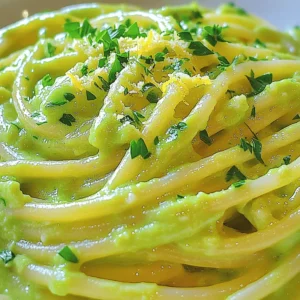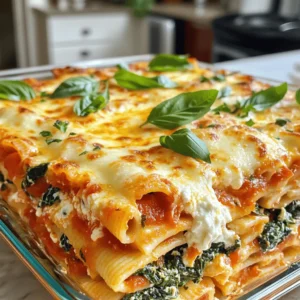Latest & Greatest
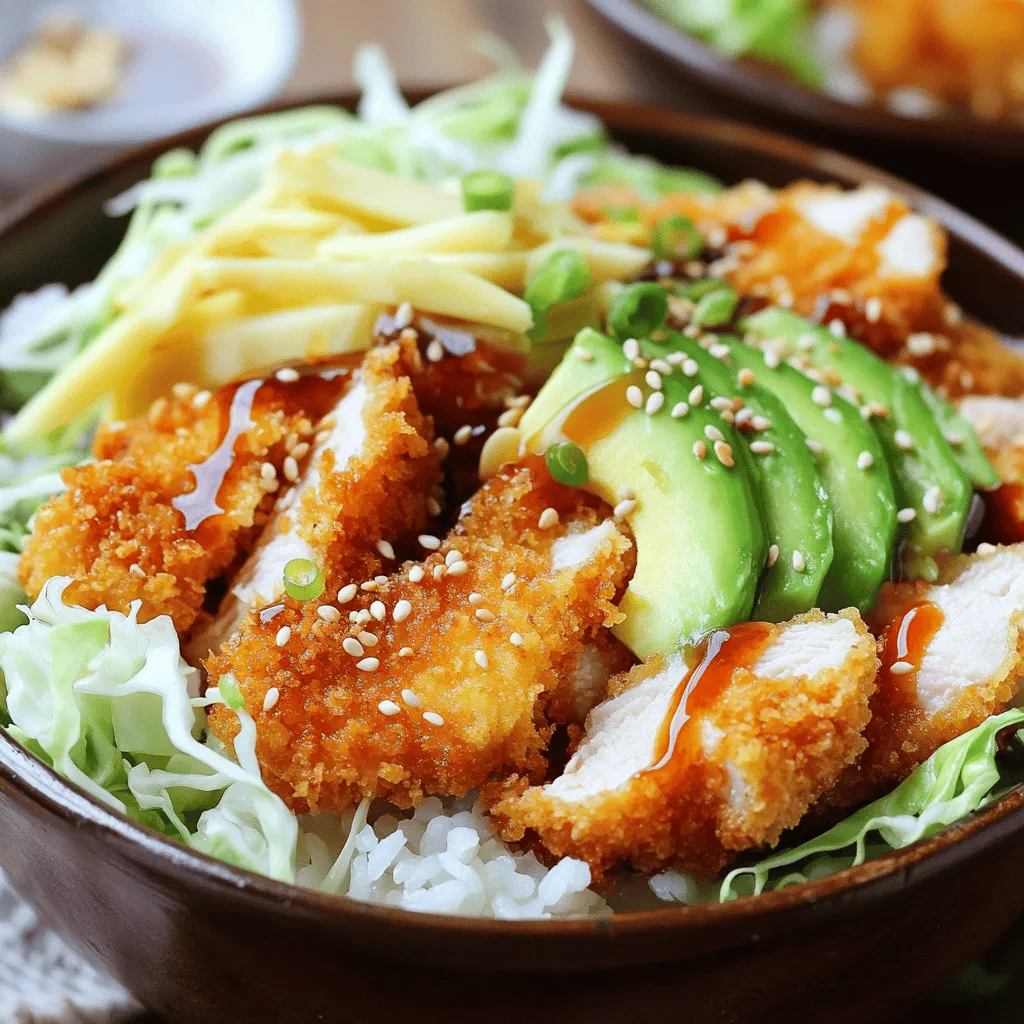
Japanese Katsu Bowls Tasty and Easy Meal Idea
If you’re craving a meal that’s both tasty and easy to make, Japanese Katsu Bowls are perfect! These bowls combine
Read more…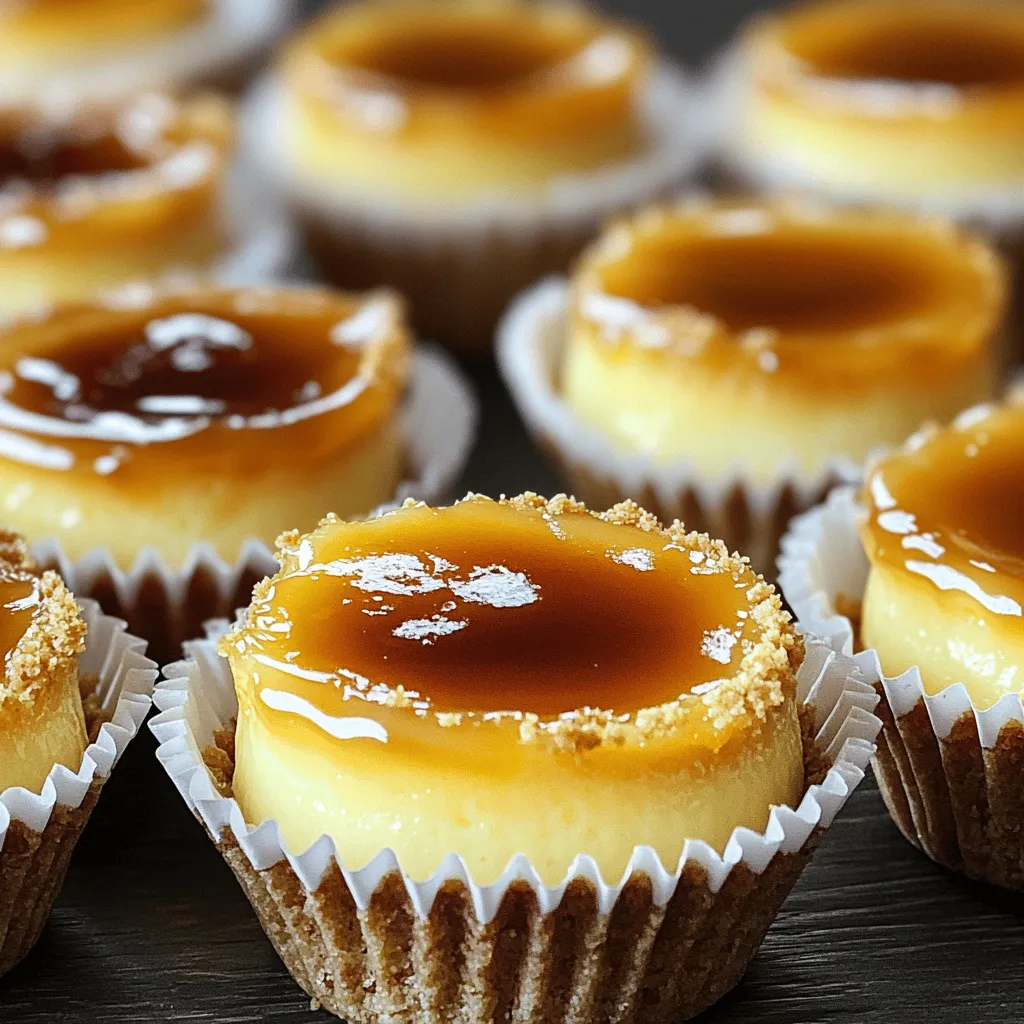
Mini Crème Brûlée Cheesecakes Delicious Dessert Recipe
If you love creamy desserts, you’ll adore my Mini Crème Brûlée Cheesecakes! This recipe combines the rich, creamy texture of
Read more…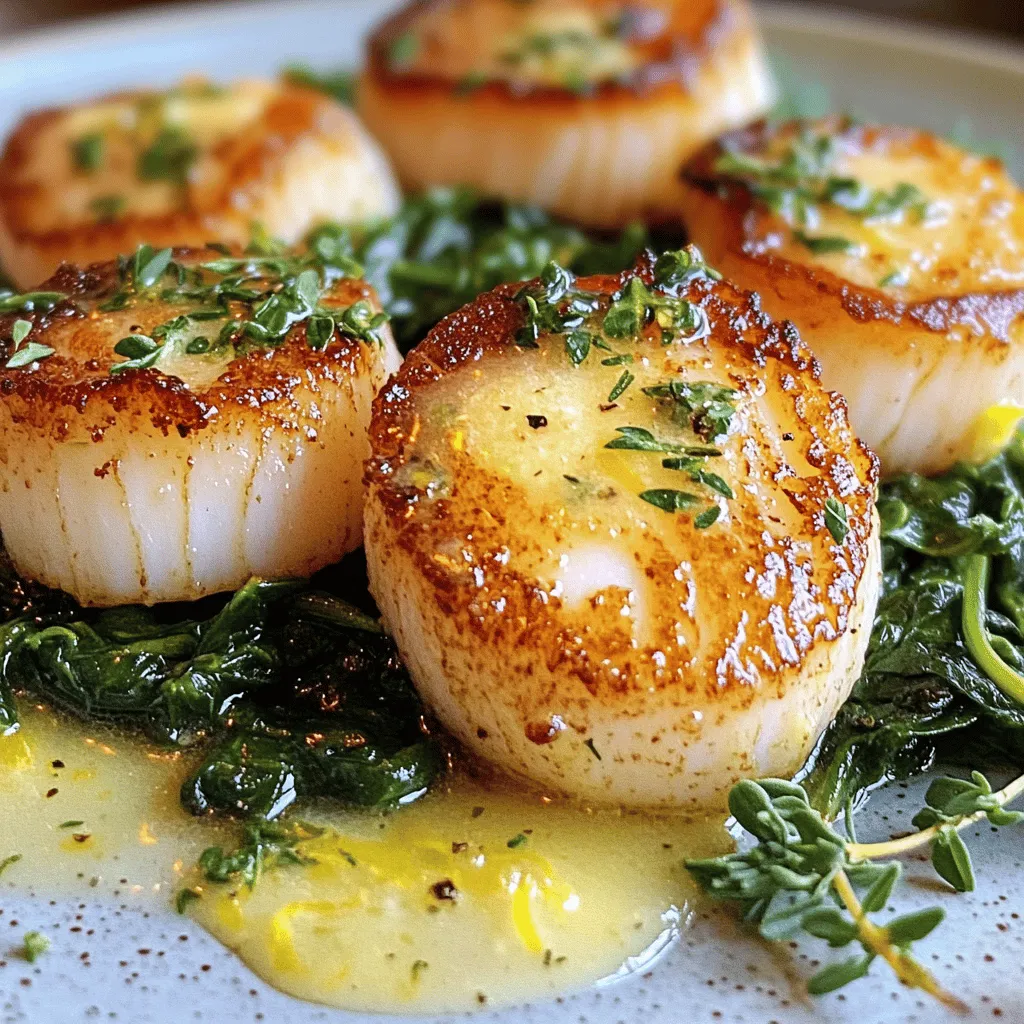
Crispy Pan-Seared Scallops Flavorful Delight Recipe
If you’re ready to elevate your dinner game, crispy pan-seared scallops are a must-try! With a golden crust and a
Read more…
Bang Bang Shrimp Crispy and Flavorful Delight
If you love bold flavors and crispy textures, Bang Bang Shrimp is your new favorite dish! This tasty treat is
Read more…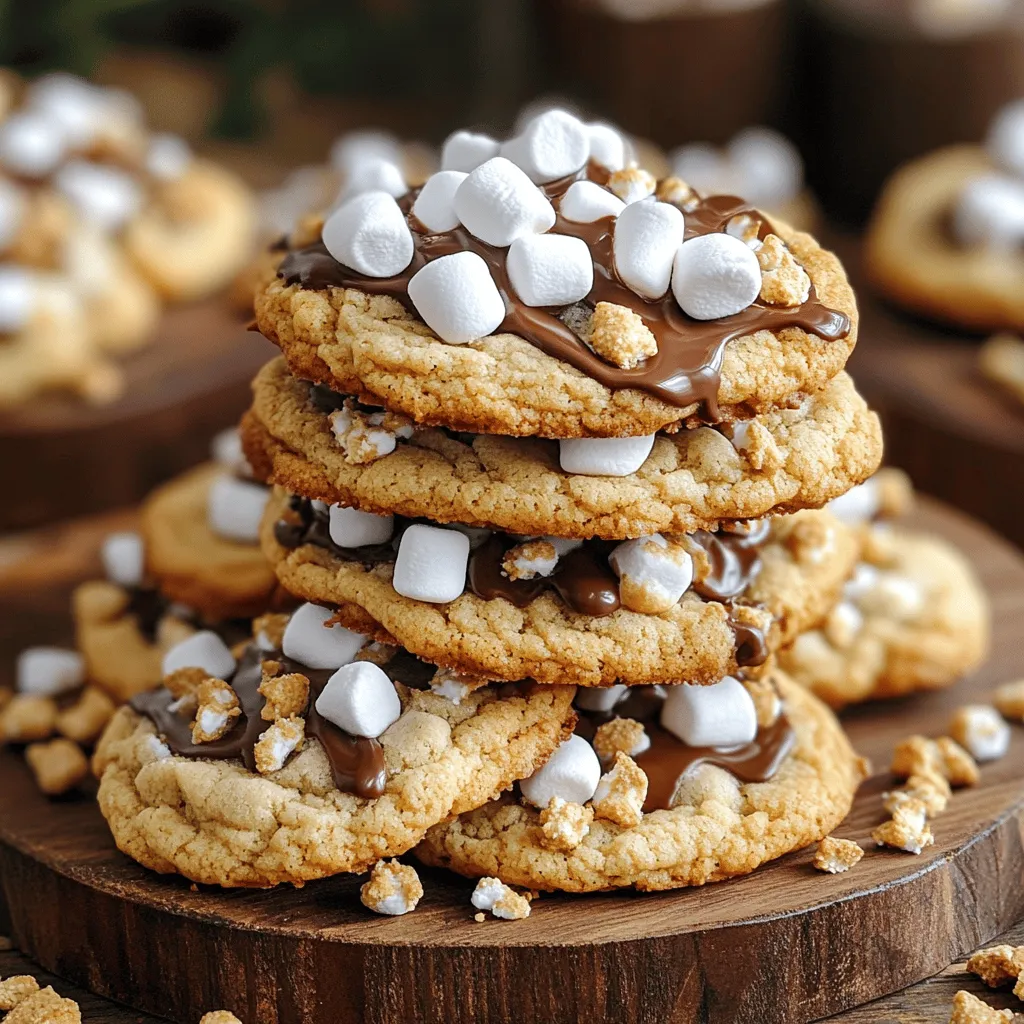
S’mores Cookies Irresistible and Simple Treat Recipe
Get ready to indulge in a sweet treat that combines all your favorite campfire flavors! My S’mores Cookies recipe is
Read more…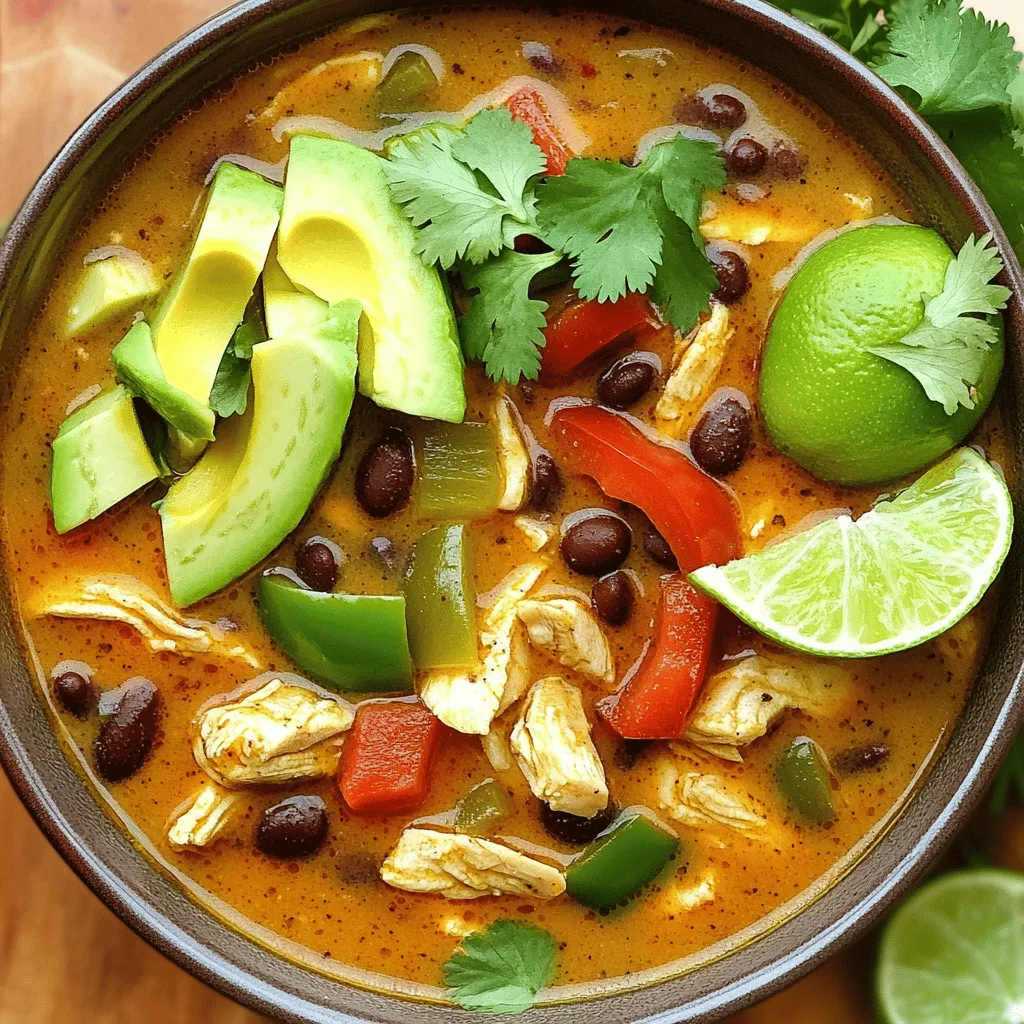
Southwest Chicken Soup Hearty and Flavorful Recipe
Are you ready for a warm and hearty dish that packs a punch of flavor? This Southwest Chicken Soup recipe
Read more…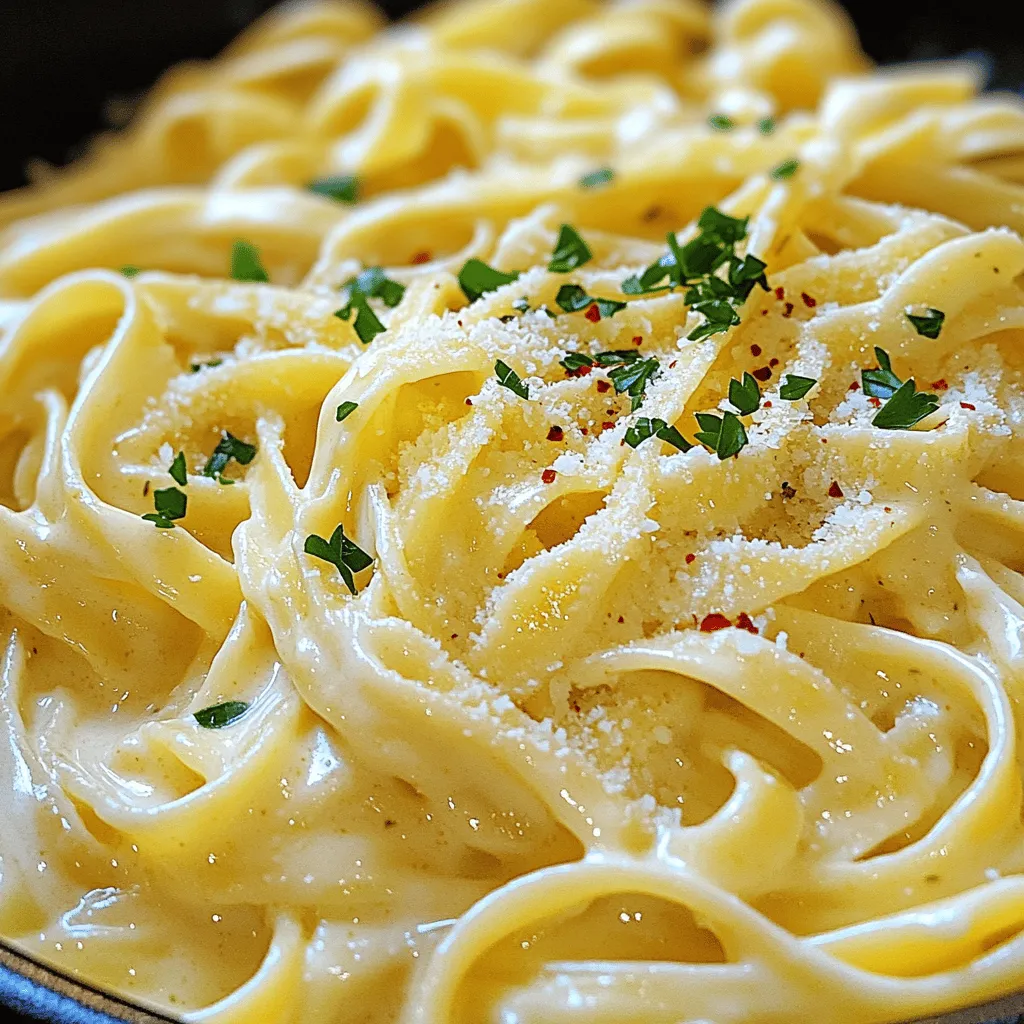
Creamy Garlic Parmesan Pasta Quick and Simple Meal
Are you looking for a quick and tasty meal that’s easy to make? My Creamy Garlic Parmesan Pasta recipe is
Read more…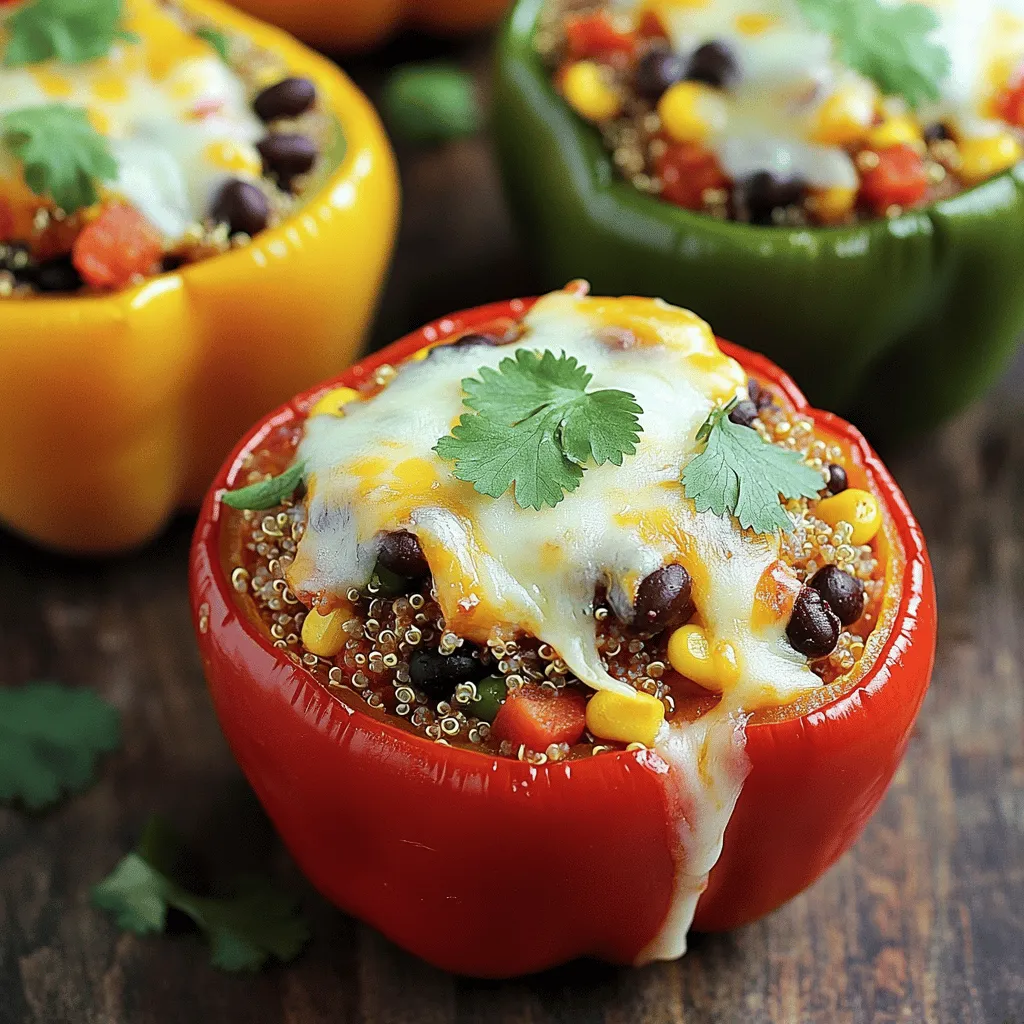
Delicious Stuffed Bell Peppers with Quinoa Recipe
Are you ready to impress your taste buds? In this post, I’ll guide you through making delicious stuffed bell peppers
Read more…browse recipes
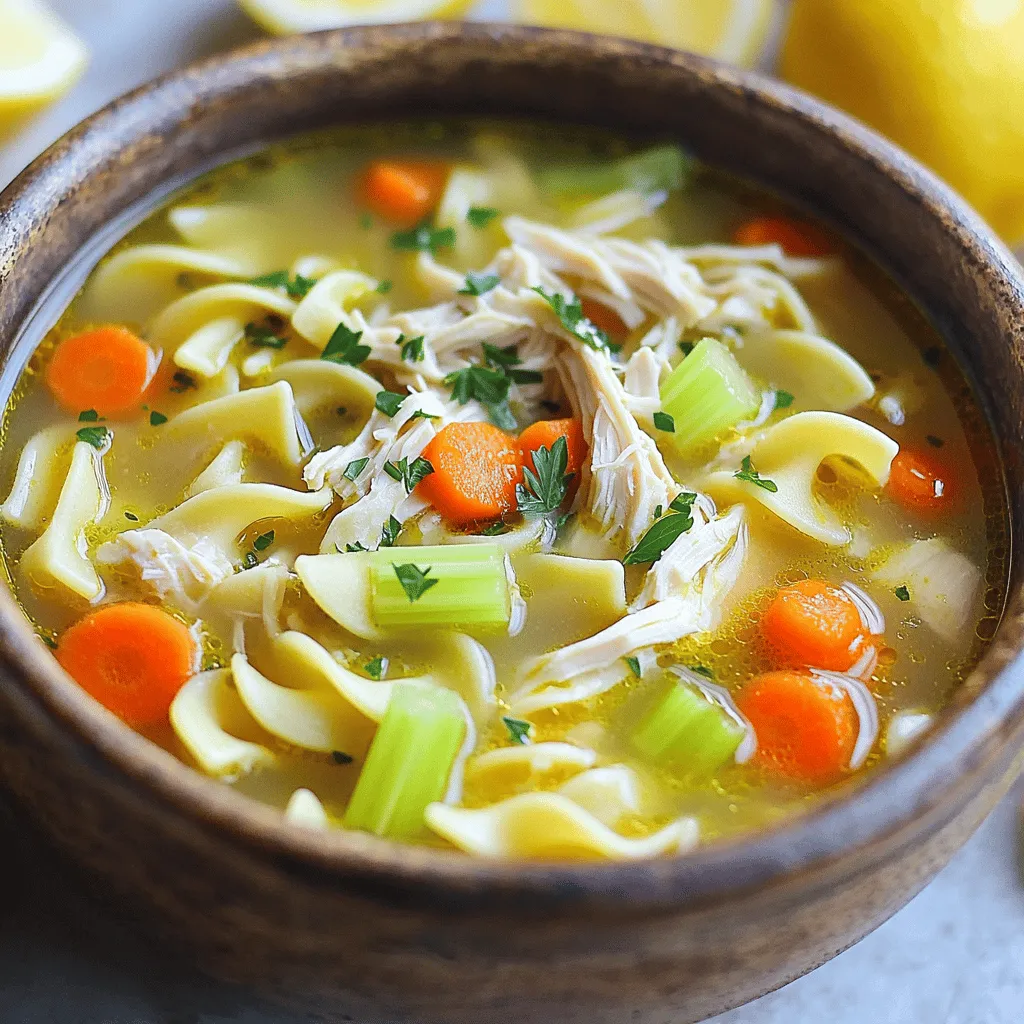
Classic Chicken Noodle Soup Comforting and Hearty Meal
When you crave comfort, nothing beats a warm bowl of Classic Chicken Noodle Soup. This hearty meal brings back memories for many. I’ll guide…
My Latest Desserts
-
No-Bake S’mores Bars Irresistible and Easy Recipe
Craving a sweet treat without turning on the oven? You’re in the right place! With my easy no-bake S’mores bars Read Full Recipe -
Peach Streusel Coffee Cake Delightful and Simple Recipe
If you love a good coffee cake, you’ll adore my Peach Streusel Coffee Cake recipe. It’s sweet, moist, and full Read Full Recipe -
Easy Lemon Loaf Cake Simple and Tasty Recipe
If you love bright, citrusy treats, then this Easy Lemon Loaf Cake is for you! It’s simple to make and Read Full Recipe -
Frozen Yogurt Granola Cups Delightful and Healthy Treat
Looking for a cool and tasty treat? Frozen yogurt granola cups are the answer! These delightful snacks blend creamy yogurt Read Full Recipe -
Raspberry Lemon Yogurt Parfait Tasty and Simple Treat
Looking for a quick, delicious treat? My Raspberry Lemon Yogurt Parfait is simple to make and bursting with flavor! This Read Full Recipe -
Lemon Poppyseed Overnight Oats Quick and Easy Recipe
Wake up to a burst of fresh flavor with my Lemon Poppyseed Overnight Oats recipe! This quick and easy breakfast Read Full Recipe -
Peanut Butter Energy Balls Easy Healthy Snack Recipe
Looking for a tasty treat that’s also healthy? Peanut Butter Energy Balls are your answer! This easy snack recipe packs Read Full Recipe -
Banana Nut Muffins Delightfully Soft and Tasty Recipe
Are you ready to bake the softest, tastiest banana nut muffins ever? I’ll take you through a simple recipe that Read Full Recipe -
Chocolate Peanut Butter Nice Cream Easy and Tasty Treat
Craving a delicious treat that’s both easy and healthy? Chocolate Peanut Butter Nice Cream is your answer! This creamy dessert Read Full Recipe -
Vegan Chocolate Mousse Rich and Creamy Dessert Recipe
Craving a rich, creamy dessert that’s completely plant-based? Look no further! This Vegan Chocolate Mousse is simple to make and Read Full Recipe
My Latest Recipes
hey,
i’m !
I’m so happy you’re here!
Every dish I share is made with love and care. I hope they bring you the same comfort and joy they bring me. Let’s make memories, one recipe at a time.
Zucchini Bread Pancakes Delightful and Easy Recipe
Are you ready to transform breakfast with a tasty twist? Zucchini Bread Pancakes are not just delicious—they’re simple to make! With grated zucchini and…
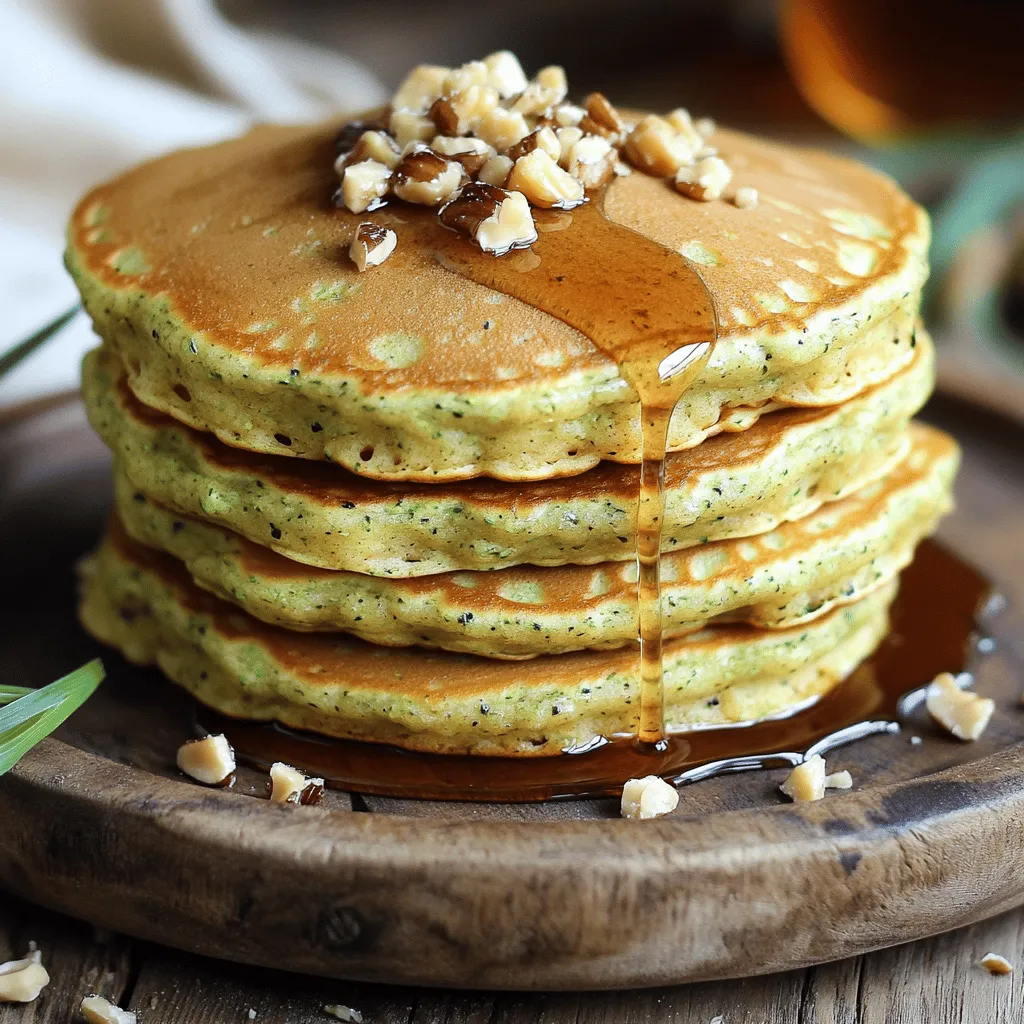
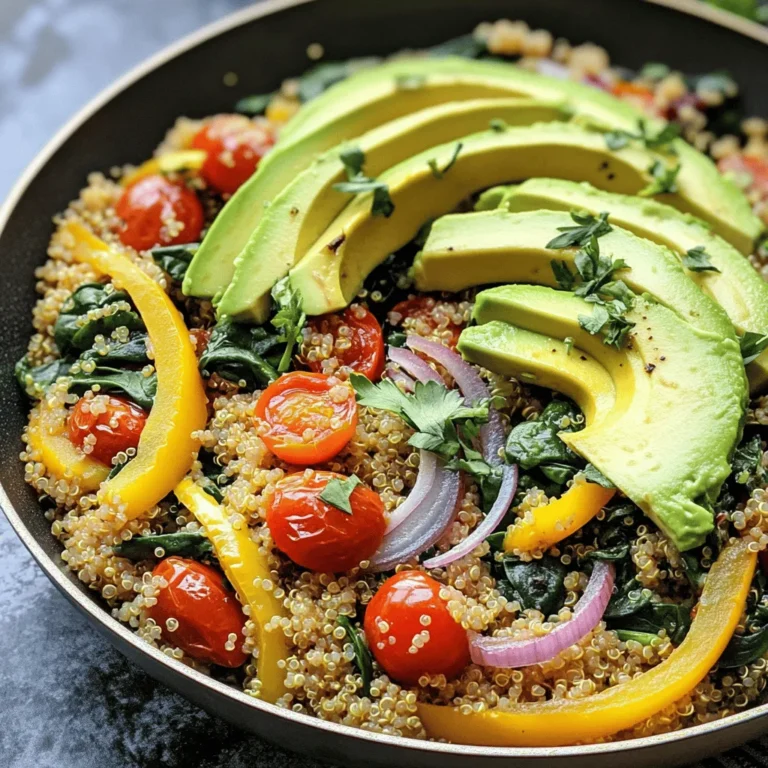
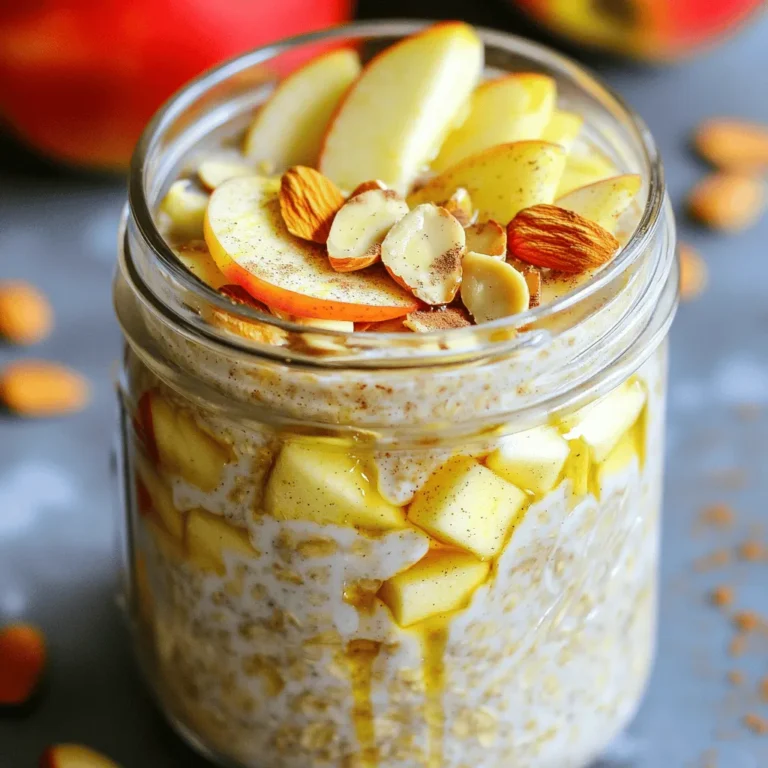
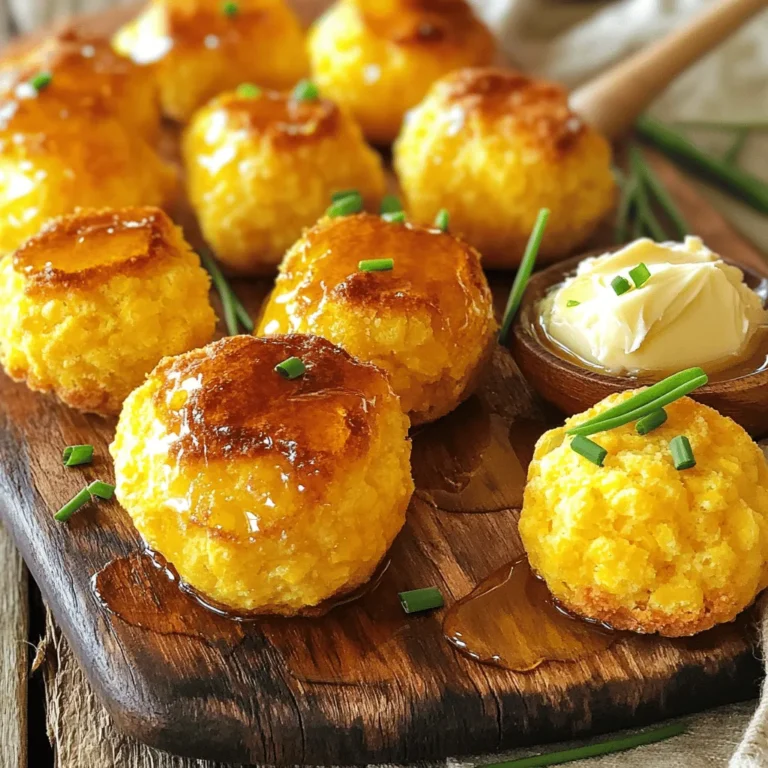

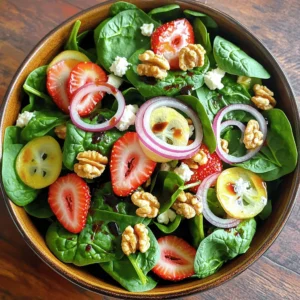
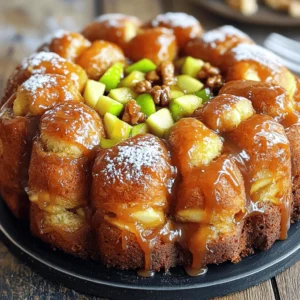
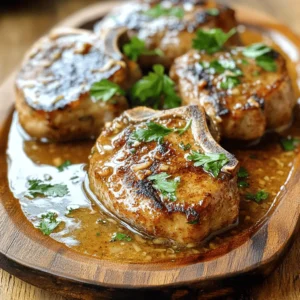

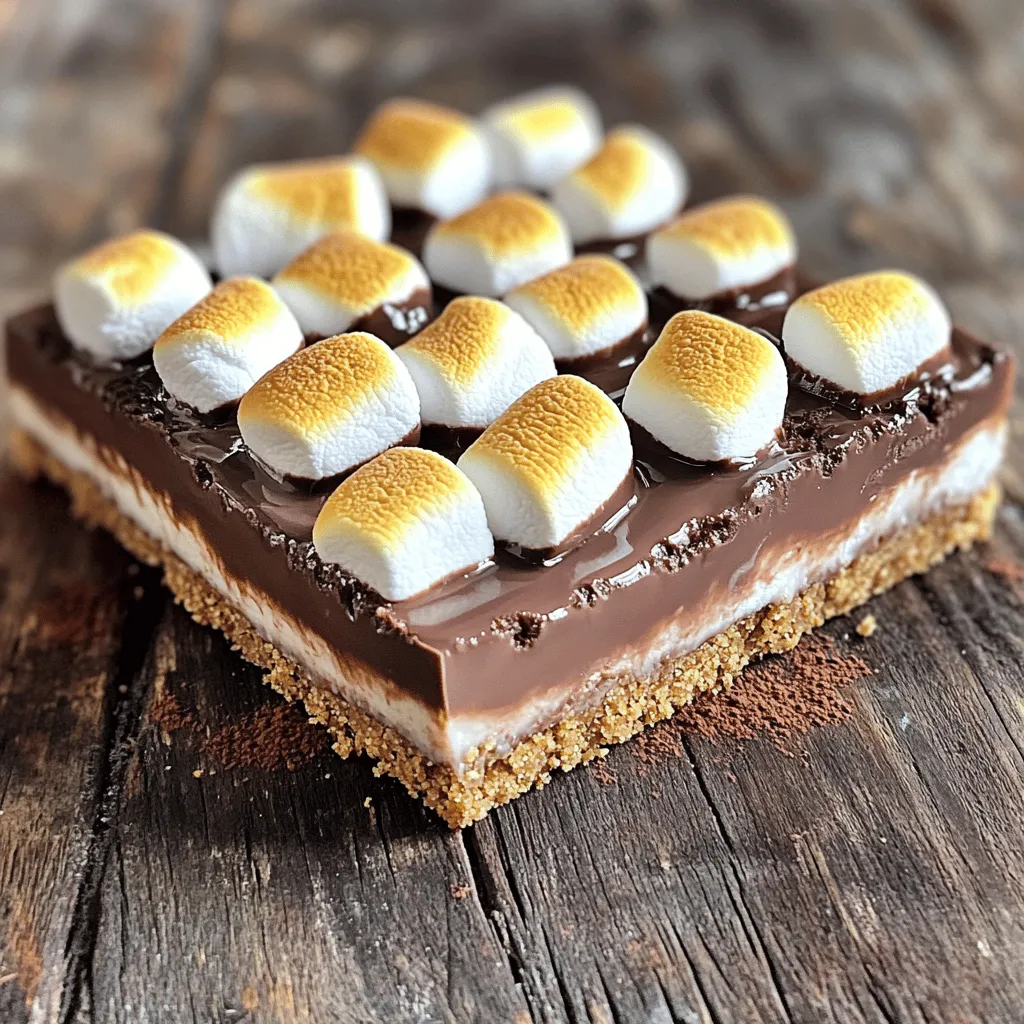
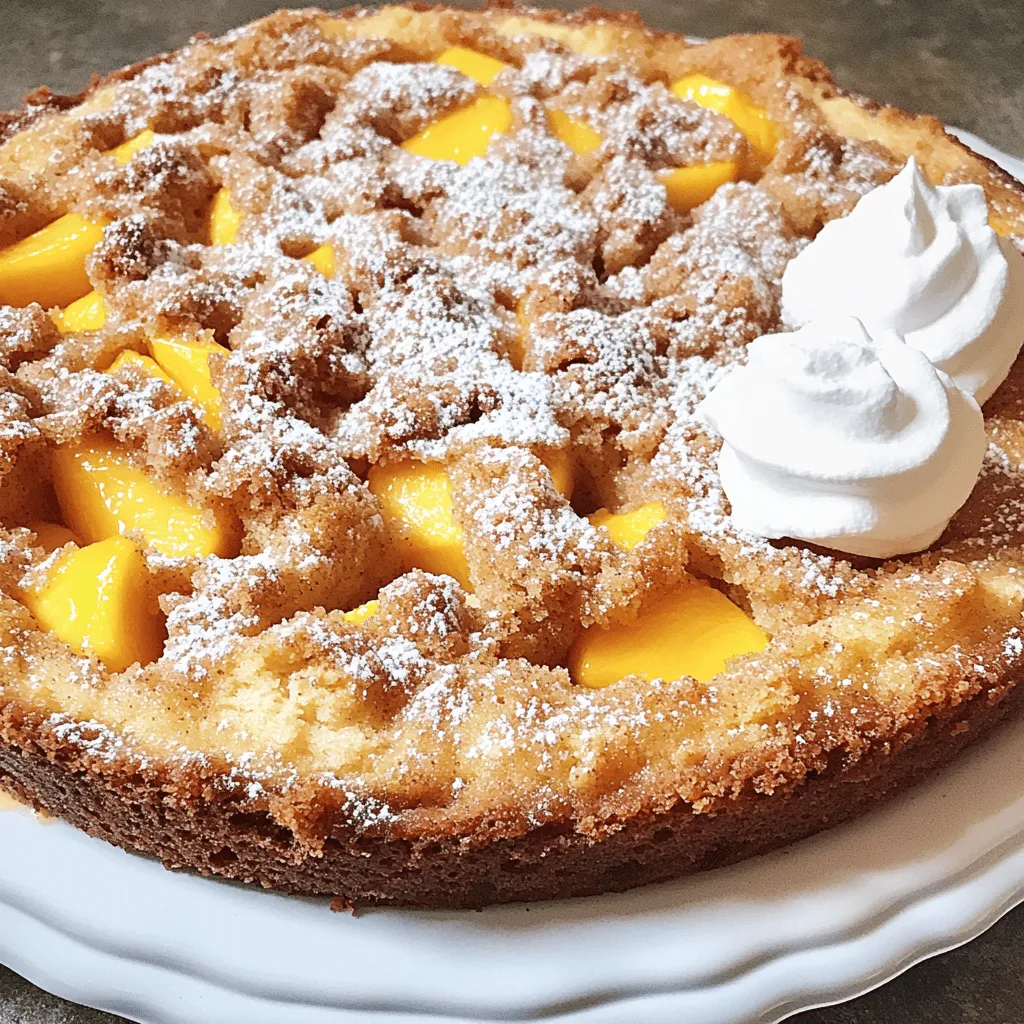
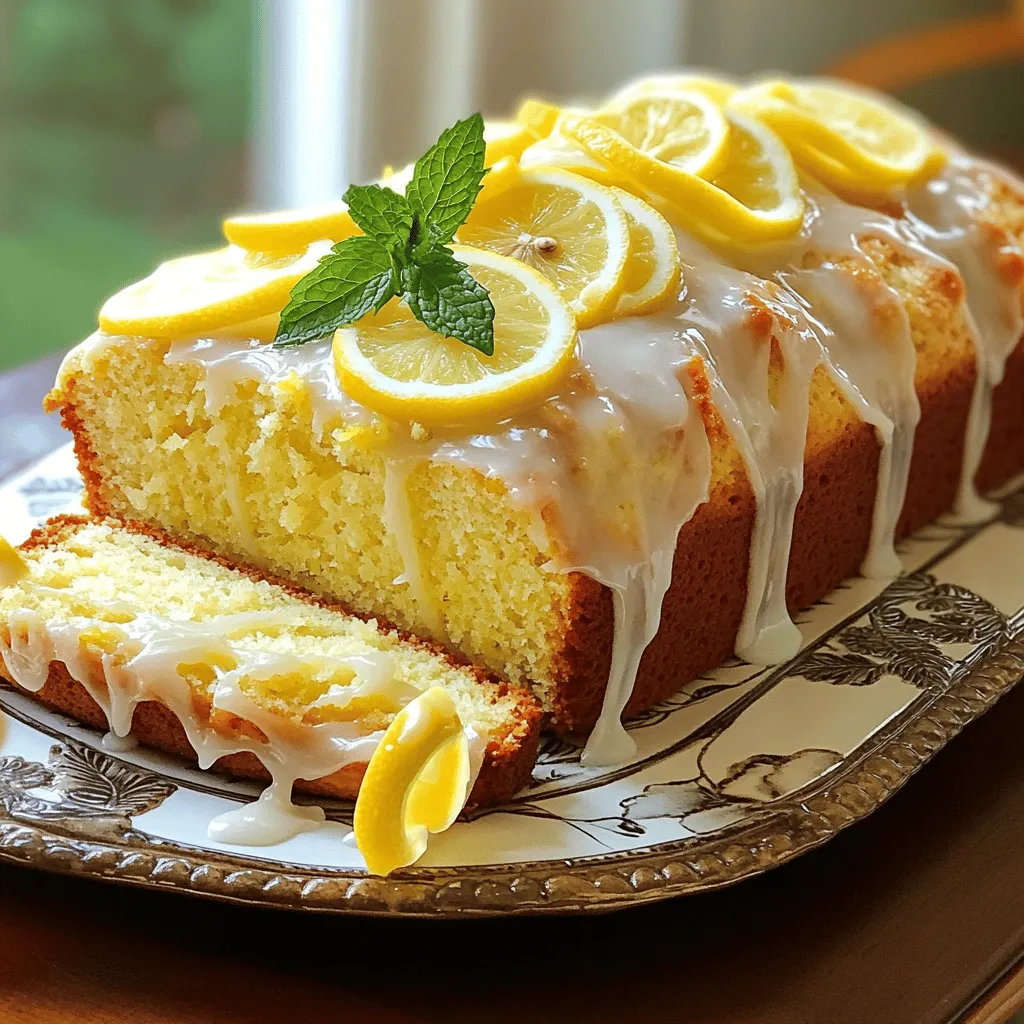
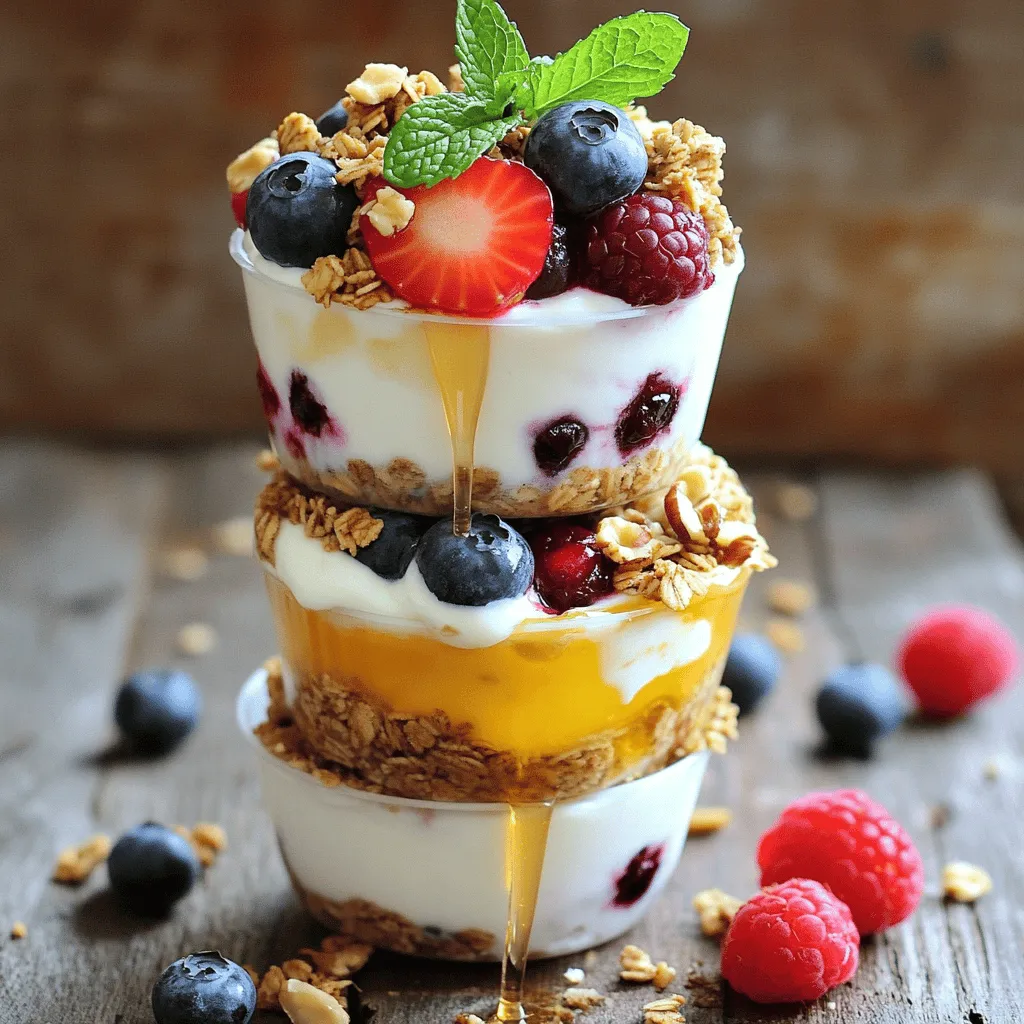
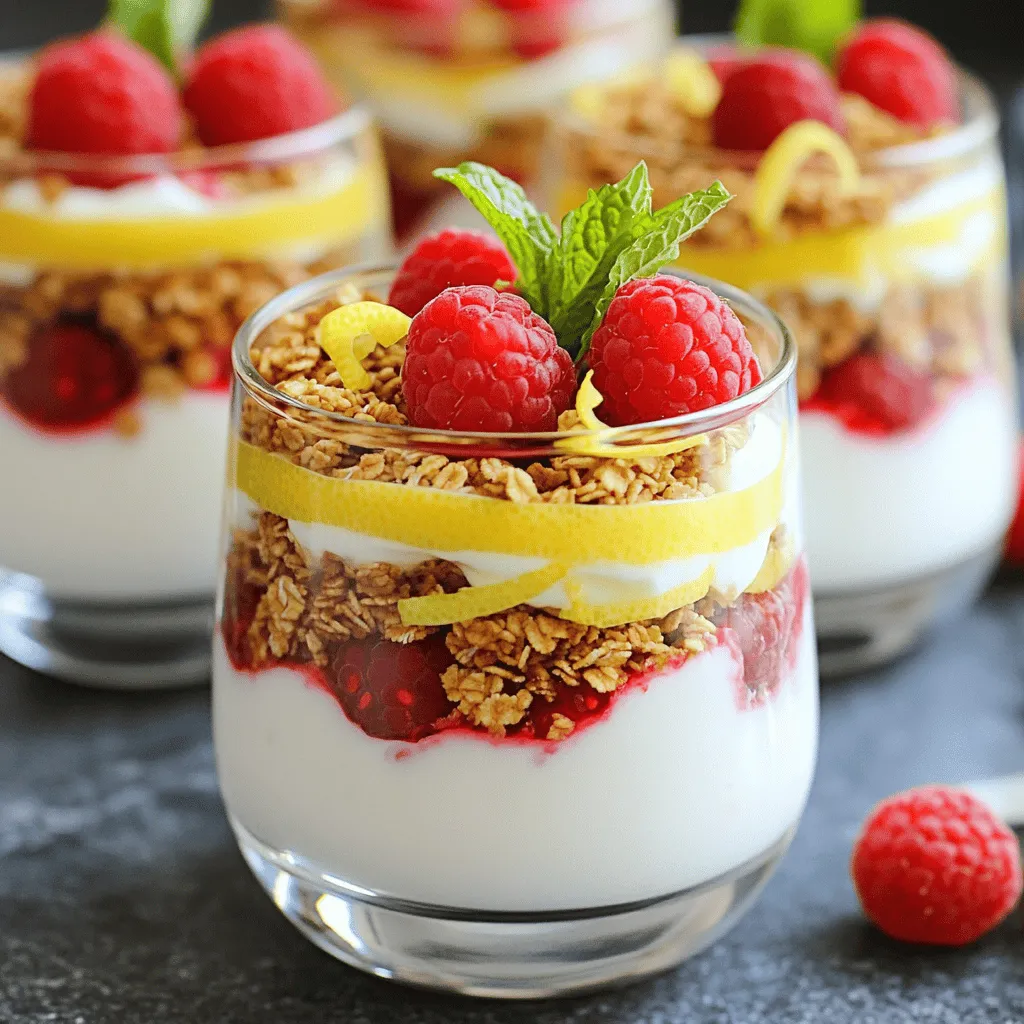
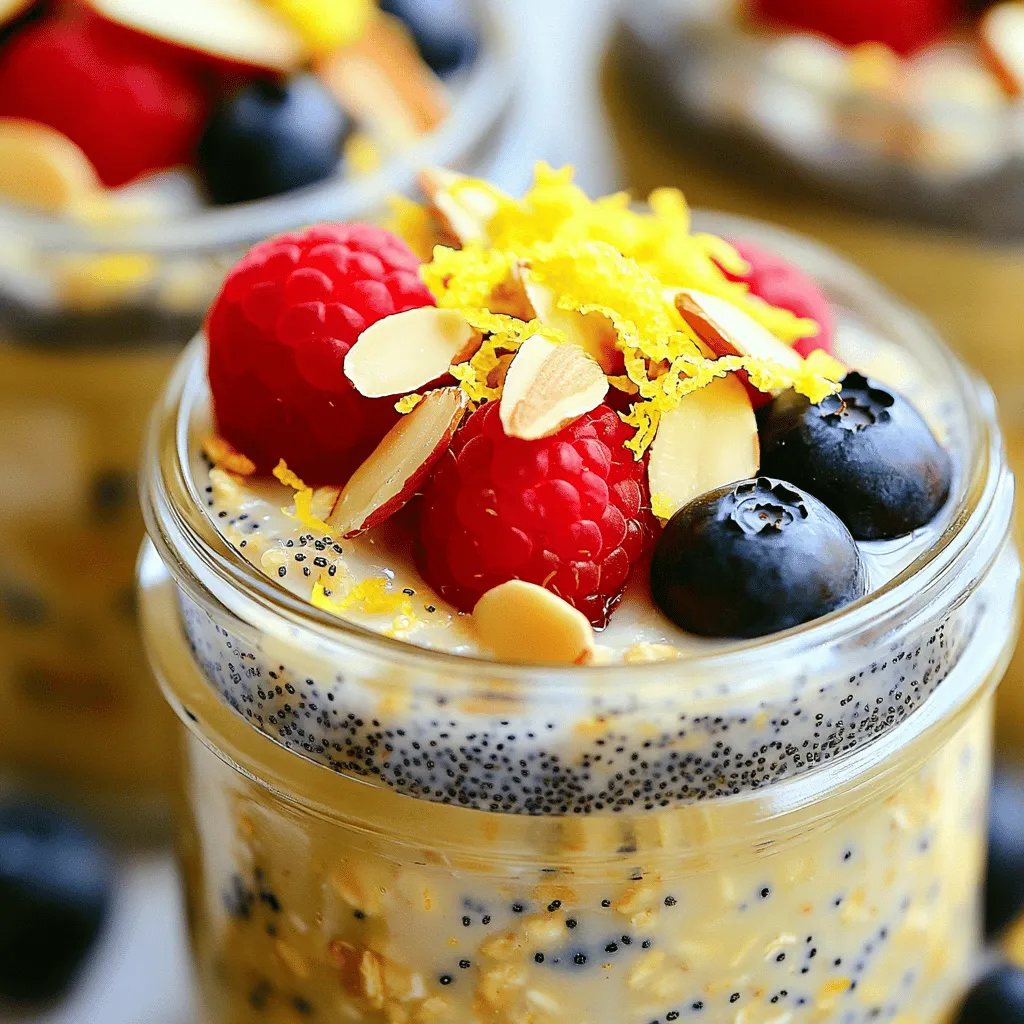
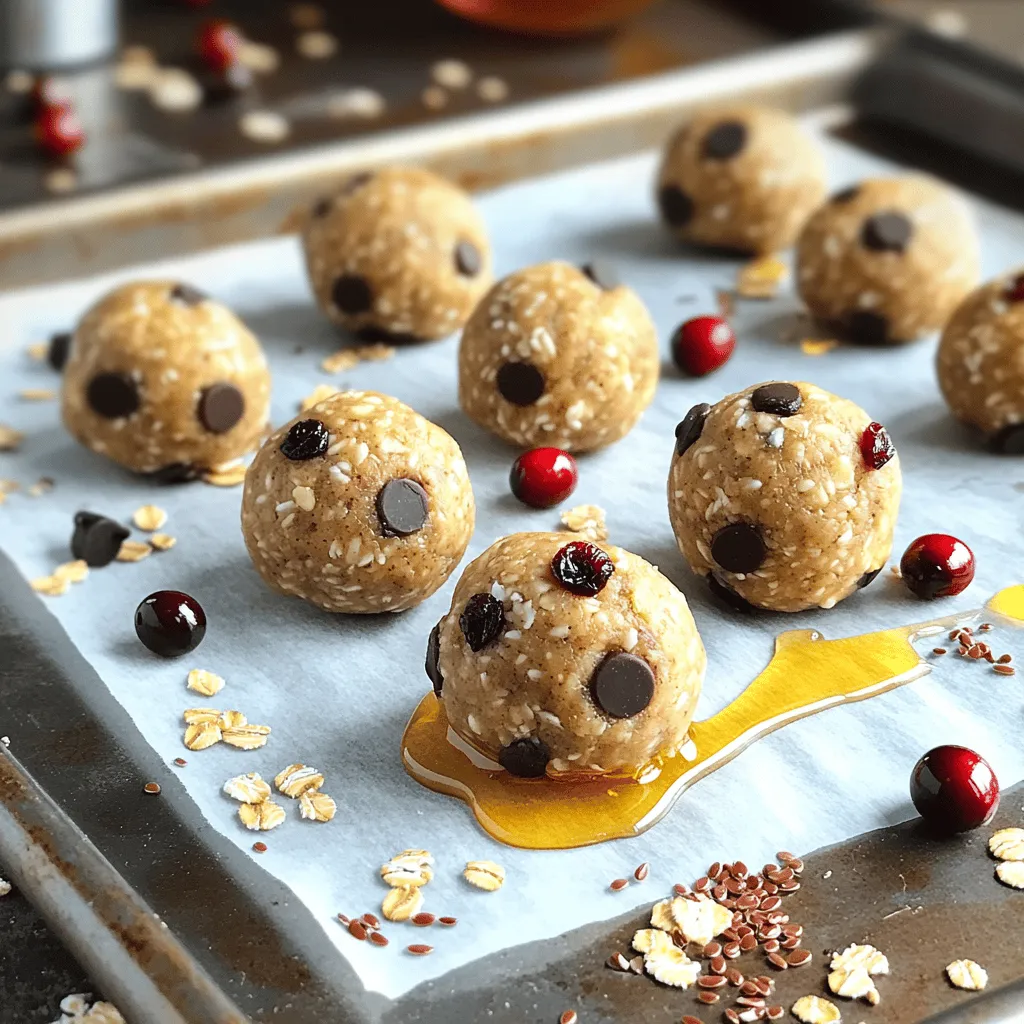
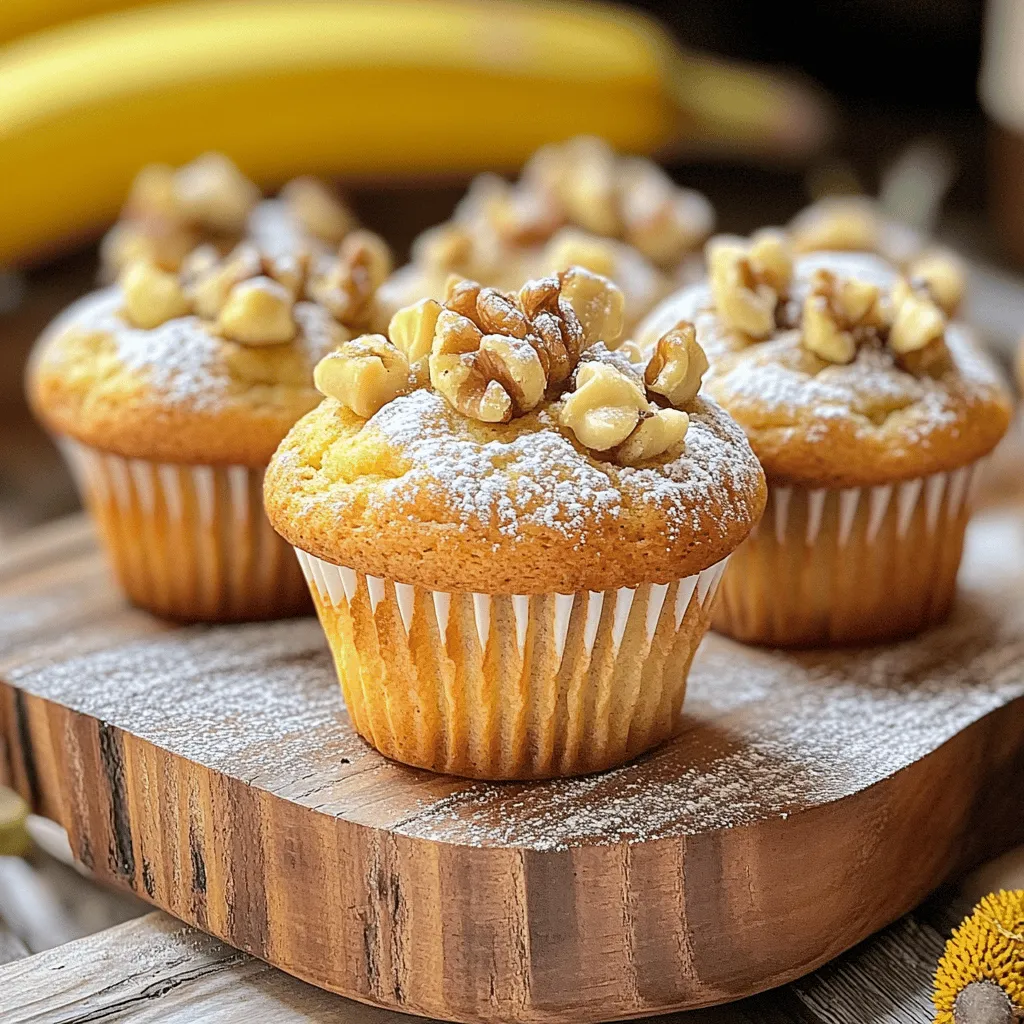
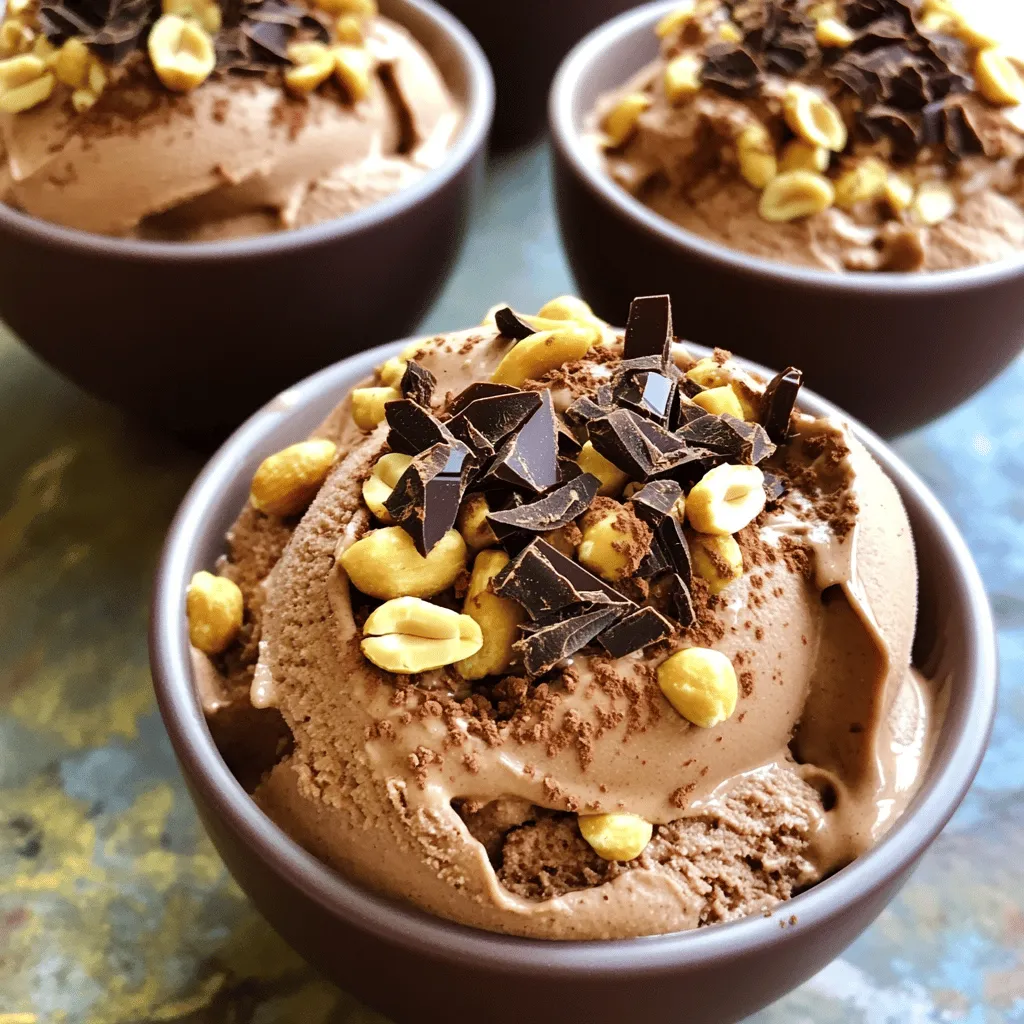
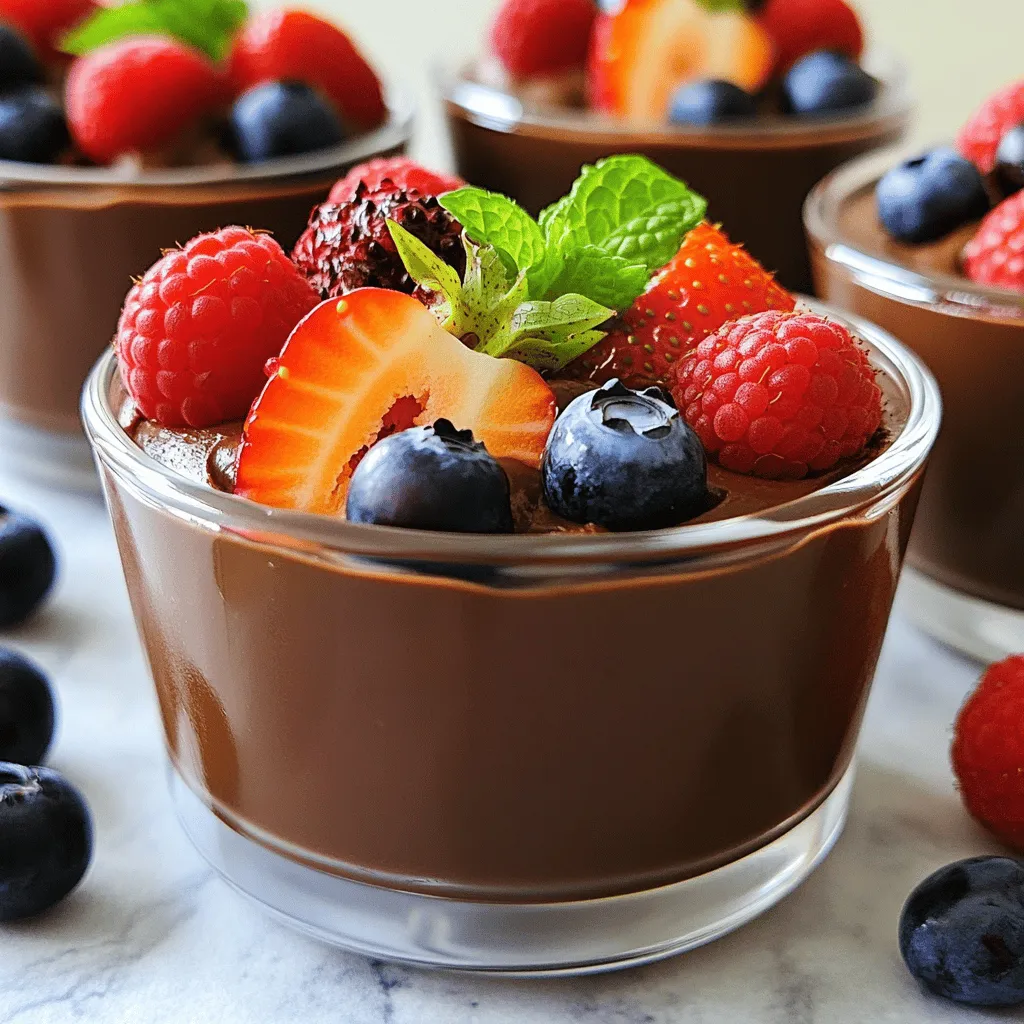

![- 2 ripe avocados - 4 slices of whole grain bread - 4 large eggs - 1 tablespoon white vinegar - 1 teaspoon lemon juice - Salt and pepper to taste - 1/2 teaspoon red pepper flakes (optional) - Fresh cilantro or parsley for garnish - Olive oil for drizzling To make this savory avocado toast with poached egg, you need simple yet fresh ingredients. The avocados should feel soft but not mushy. Look for whole grain bread that is hearty enough to hold the toppings. Eggs are key for poaching; fresh eggs work best for a clean shape. White vinegar helps the eggs set nicely in water. Lemon juice adds a bright flavor to the avocado mix. You can adjust the salt and pepper based on your taste. If you enjoy a bit of heat, add red pepper flakes. Finally, don’t skip the fresh herbs and olive oil; they bring the dish together. For the full recipe, check out the detailed instructions later in the article. Enjoy gathering your ingredients and let’s make something delicious! To start, you need to toast the bread. You can use a toaster or a skillet. If you choose the skillet, heat it over medium heat. Add the bread slices one by one. Toast until they are golden brown. Keep an eye on them, so they don’t burn. The goal is a crisp outside and soft inside. This is the base for your avocado toast. Next, let’s poach the eggs. Fill a medium pot with water and bring it to a gentle simmer. Add one tablespoon of white vinegar. This step helps keep the egg whites together. Crack each egg into a small bowl. Gently slide the eggs into the simmering water. Poach for about 3-4 minutes. This timing gives you runny yolks. If you like firmer yolks, cook a bit longer. Now it’s time to assemble your dish. Take the ripe avocados and cut them in half. Remove the pits, then scoop the flesh into a bowl. Mash it well with a fork. Stir in one teaspoon of lemon juice and season with salt and pepper. Once the bread is ready, spread a generous layer of the mashed avocado on each slice. Using a slotted spoon, remove the poached eggs from the water. Let them drain briefly. Place one egg on top of each avocado toast. For the finishing touch, sprinkle with red pepper flakes if you like a little heat. Drizzle some olive oil on top, and add fresh cilantro or parsley for color. This adds flavor and makes your dish look great. Enjoy your savory avocado toast with poached egg! For the complete recipe, check the Full Recipe section. To get the best taste from your avocados, choose ripe ones. They should yield slightly to gentle pressure. Avoid any that feel hard or have dark spots. If you cut an avocado and want to save it, sprinkle lemon juice on the flesh. Store it in an airtight container to slow browning. Common mistakes with poached eggs include cooking in water that is too hot or not using vinegar. Always keep the water at a gentle simmer. This helps the egg whites stay together. Cooking time varies based on how runny you want the yolk. For a soft yolk, cook for about three minutes. If you like it more firm, add an extra minute or two. Avocado toast pairs well with many sides. Try a fresh salad or some fruit. For drinks, a nice coffee or herbal tea complements the meal. To make it more filling, add some protein like smoked salmon or bacon. These additions turn your toast into a wholesome meal. For the full recipe, check out the section above! {{image_2}} When making avocado toast, the bread you choose can change the taste. You can use: - Sourdough: This bread has a tangy flavor and a chewy crust. - Rye: This option adds a nutty taste and is slightly dense. - Gluten-free: There are many gluten-free breads available. Look for one that you enjoy. Each bread brings a unique flavor and texture that can enhance your meal. To make your avocado toast even better, consider adding: - Feta cheese: This crumbly cheese adds a salty kick. - Cherry tomatoes: Sliced tomatoes bring sweetness and color. - Red onion: Thin slices add crunch and a mild bite. - Spices: Try smoked paprika, garlic powder, or chili flakes for extra flavor. Mix and match these toppings to suit your taste. If you follow a specific diet, you can still enjoy this dish. For vegan options: - Replace the poached egg with sliced tomato or chickpeas. - Use nutritional yeast for a cheesy flavor. For low-carb options: - Use portobello mushrooms or eggplant slices instead of bread. - Top with avocado and a sprinkle of cheese for a tasty twist. These variations will keep your avocado toast fresh and exciting! For the full recipe, visit [Full Recipe]. To keep leftover avocado fresh, store it properly. First, sprinkle lemon juice on the cut side. This helps slow down browning. Next, wrap the avocado tightly in plastic wrap. Place it in the fridge. Use it within one day for the best taste. If you want to store mashed avocado, add more lemon juice to it. Seal it in an airtight container. This will keep it from turning brown too fast. Can you refrigerate leftover toast? Yes, you can. Wrap it in foil or plastic wrap. Store it in the fridge for up to three days. To reheat, use a toaster or an oven. If you prefer, you can also use a skillet over medium heat. Heat it for about 2-3 minutes, flipping halfway through. This will help get it crispy again. Best practices for storing poached eggs include cooling them first. After poaching, place them in cold water. This stops the cooking. Store them in an airtight container in the fridge. Use within two days for the best taste. When reheating, place them in hot water for a minute. This warms them without cooking them further. To poach eggs perfectly, follow these simple steps: - Use fresh eggs; they hold their shape better. - Add a tablespoon of white vinegar to simmering water. This helps the egg whites stay together. - Crack each egg into a small bowl first. This makes it easy to slide into the water. - Simmer the water gently, not boiling. Boiling water can break the eggs apart. - Cook for 3-4 minutes for runny yolks, or longer for firmer yolks. With practice, you will master poaching eggs. Each time, your results will improve. Yes, you can prep your avocado toast ahead of time. Here are some tips: - Make the avocado mixture and store it in an airtight container. Add lemon juice to slow browning. - Toast the bread just before serving. This keeps it crunchy. - Poach the eggs shortly before eating. This way, they stay warm and runny. If you follow these steps, your toast will taste fresh even when prepped ahead. To elevate your avocado toast, try these toppings: - Crumbled feta adds creaminess. - Cherry tomatoes give a sweet burst of flavor. - Sliced radishes add a nice crunch. - A sprinkle of hemp seeds boosts nutrition. - Fresh herbs like basil or chives can enhance the taste. Mix and match to create your favorite combination! For more ideas, check out the Full Recipe. This blog shows you how to make tasty avocado toast with poached eggs. You learned about choosing ripe avocados, perfecting poached eggs, and storing leftovers. Remember, practice leads to better results. Use different breads and toppings to keep it fun. Enjoy experimenting with flavors and serving styles. With these tips, you’re set for delicious meals ahead. Now, go impress your friends or family with your new skills!](https://easycookingbite.com/wp-content/uploads/2025/06/b2c3f88f-274a-4608-a74f-06bc68d0b47a-300x300.webp)
![To make this classic beef chili, you need some key ingredients to create that hearty flavor. Here’s what you will need: - 1 lb ground beef - 1 medium onion, chopped - 3 cloves garlic, minced - 1 bell pepper (red or green), chopped - 1 can (15 oz) kidney beans, drained and rinsed - 1 can (15 oz) black beans, drained and rinsed - 1 can (28 oz) crushed tomatoes - 2 tablespoons chili powder - 1 tablespoon ground cumin - 1 teaspoon smoked paprika - 1 teaspoon oregano - Salt and pepper to taste - 2 tablespoons olive oil These ingredients come together to form a rich and flavorful dish. The ground beef gives the chili its base, while the beans add texture and protein. The vegetables bring freshness and sweetness. The spices add warmth and depth. Feel free to explore variations using these ingredients! While the chili is great on its own, toppings can make it even better. Here are some delicious options to consider: - Shredded cheese - Sour cream - Chopped green onions - Avocado These toppings give you a chance to customize each bowl. They add creaminess, crunch, and extra flavor. You can mix and match based on what you like best. For more details on how to prepare this dish, check out the Full Recipe. Prepping Vegetables Start by gathering all your veggies. You need one medium onion, three cloves of garlic, and one bell pepper. Chop the onion and bell pepper into small pieces. Mince the garlic finely. This helps the flavors mix well. Browning the Ground Beef Next, heat two tablespoons of olive oil in a large pot over medium heat. Add the chopped onion and bell pepper to the pot. Cook them for about five minutes, or until they soften. Then, add the minced garlic and cook for one more minute. Now, add one pound of ground beef, breaking it apart with a wooden spoon. Cook it for five to seven minutes until it turns brown. If there is extra fat, drain it out. Combining Ingredients Once the beef is browned, sprinkle two tablespoons of chili powder, one tablespoon of ground cumin, one teaspoon of smoked paprika, and one teaspoon of oregano over the meat. Stir everything well to coat the beef with the spices. Then, pour in one can of crushed tomatoes and add two cans of beans—one can of kidney beans and one can of black beans. Mix it all together until well combined. Simmering for Flavor After mixing, reduce the heat to low. Let the chili simmer uncovered for 30 to 40 minutes. Stir it occasionally to prevent sticking. This step is key. It lets the flavors blend together perfectly. Adjusting Seasoning After simmering, taste your chili. You can add salt and pepper as needed. If you want a spicier kick, add hot sauce or a pinch of cayenne pepper. Presentation Tips When you serve your chili, use bowls. Top each serving with shredded cheese, a dollop of sour cream, and chopped green onions or diced avocado. These toppings add freshness and color. For crunch, serve tortilla chips on the side. Enjoy your hearty classic beef chili! For the full recipe, check out the section above. For even cooking, use a heavy pot. I prefer a Dutch oven for its heat retention. Brown the beef in batches if your pot is small. This lets the meat sear nicely. Stir often to avoid sticking. Keep an eye on the heat; too high will burn the spices. Common mistakes include not draining excess fat. This can make your chili greasy. Another mistake is not letting it simmer long enough. A good simmer blends flavors well. It should bubble gently for at least 30 minutes. To boost flavor, use fresh spices. Store-bought spices may lose potency over time. Toast them in the pot for a minute before adding other ingredients. This will release their oils and deepen the flavor. For heat, add chili powder slowly. You can always add more, but you can’t take it out. A pinch of cayenne or chopped jalapeños works well too. Taste often and adjust as needed. I recommend using a Dutch oven for chili. It distributes heat evenly and is perfect for slow cooking. Look for one with a tight lid to keep moisture in. Other useful tools include a wooden spoon for stirring. A sharp knife makes chopping quicker and safer. A can opener is key for those beans and tomatoes. Having the right tools makes cooking easier and more fun! {{image_2}} You can make beef chili healthier in a few ways. First, try using lean beef or turkey. This option cuts fat while keeping the flavor. Ground turkey gives a lighter taste but still packs protein. For those who prefer no meat, there are great vegetarian or vegan options. You can use lentils or mushrooms as a base. They both add texture and flavor. You can also mix in beans like chickpeas or black beans. These will keep your chili hearty. Chili has many styles depending on where you are. Southwestern-style chili often includes corn and green chilies. These add sweetness and spice. You might also find it topped with avocado or tortilla strips, giving it a fresh crunch. Texas-style chili is different. It usually has no beans and focuses on beef and spices. This style uses a lot of chili powder and sometimes even smoked meats. It’s rich and full of bold flavors. You can also play with beans in your chili. Besides kidney and black beans, you could add pinto beans or even cannellini beans. Each type brings a unique taste and texture. Adjusting the spice level is easy, too. If you like it hot, add jalapeños or cayenne pepper. For a milder dish, skip the heat and focus on herbs. You can also try adding a touch of cocoa powder or coffee. This makes the chili richer and deeper in flavor. For the full recipe, check out the [Full Recipe]. To keep your chili fresh, use an airtight container. Glass or plastic containers work well. Make sure the chili cools before sealing. Store it in the fridge for up to 3-4 days. For longer storage, freeze it. Use freezer-safe bags or containers for best results. When reheating in the microwave, use a microwave-safe bowl. Cover it loosely to prevent splatters. Heat in short bursts, stirring every minute. This helps heat evenly. For stovetop reheating, place the chili in a pot. Heat over medium-low heat, stirring often. Add a splash of water if it seems too thick. How long does chili last? In the fridge, it lasts 3-4 days. In the freezer, it can last up to 4-6 months. Signs of spoilage include a sour smell or mold. If you see these signs, toss it out. Enjoy your Classic Beef Chili while it’s fresh for the best taste! For the full recipe, see [Full Recipe]. To spice up your chili, add hot sauce or fresh peppers. You can use jalapeños for a kick. Sliced serrano peppers also work well. Just chop them finely and add them when cooking. For more heat, mix in cayenne pepper too. Start with a little and taste as you go. Adjust until it’s just right for you. Yes! You can swap many ingredients in chili. Use turkey instead of beef for a leaner option. If you don’t have kidney beans, black beans work great too. You can even use lentils for a different texture. No bell pepper? Try zucchini or corn instead. Get creative and use what you have! Chili pairs well with many sides. Serve it with cornbread for a sweet contrast. Rice is another classic option that soaks up the sauce. You can also enjoy it with tortilla chips for crunch. A simple salad adds freshness. Don’t forget toppings like cheese and sour cream for extra flavor. Yes, you can freeze chili! Let it cool completely before freezing. Use airtight containers or freezer bags for best results. Label them with the date for easy tracking. To thaw, place it in the fridge overnight. You can also use the microwave for a quick thaw. Just heat it on low, stirring often. To thicken your chili, use a few simple methods. You can mash some beans against the pot’s side. This adds creaminess and thickens the sauce. Another method is to let it simmer longer, which reduces extra liquid. If you want a quick fix, mix in cornstarch or flour with a little water. Stir it in and cook until thickened. For full details, check out the Full Recipe for Classic Beef Chili! In this blog post, I shared essential ingredients and steps to make classic beef chili. You learned tips for cooking, variations for different diets, and how to store leftovers properly. With these insights, you can create your own delicious chili that suits your taste. Remember, cooking is about experimenting and enjoying the process. I hope you feel inspired to make your perfect chili and share it with others. Happy cooking!](https://easycookingbite.com/wp-content/uploads/2025/06/76966a91-e8ab-4e1b-a6a1-cae542adee30-300x300.webp)
